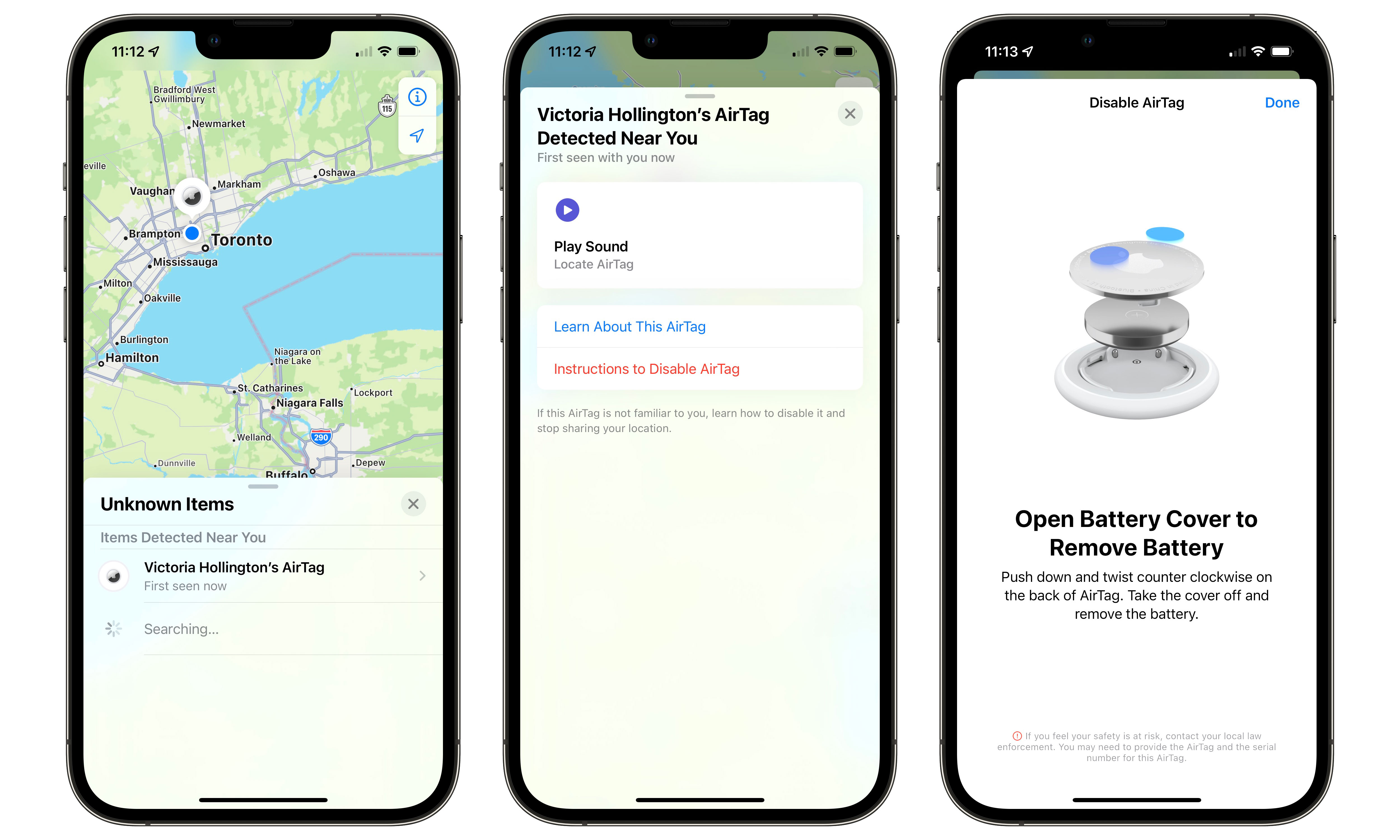Will the ‘AirTag 2’ Get a Rechargeable Battery?
 Credit: Hadrian / Shutterstock
Credit: Hadrian / Shutterstock
Toggle Dark Mode
Earlier this month, rumors once again began circulating about a sequel to Apple’s popular (and oft-infamous) AirTags. However, as with most early rumors, these raise more questions than they answer.
In August 2023, analyst Ming-Chi Kuo predicted that Apple’s next-gen AirTags could go into mass production in late 2024, suggesting that they could tie into the Vision Pro with new spatial computing integration. This lent weight an earlier prediction by LeaksApplePro (now TheAppleWire) that the new tags would offer “3D Precision Finding.”
However, the leaker also didn’t believe we’d see the “AirTags 2” until sometime in 2025 — a timeline that Kuo later revised his original prediction to match. While that could have still aligned with the notion that they’d go into mass production in late 2024, we can now say it’s a safe bet that hasn’t happened, and Bloomberg’s Mark Gurman agrees.
Last week, Gurman shared more details about the next AirTags, including a codename of B589 and a release schedule for “around the middle of next year.” Beyond that, the so-called “AirTags 2” will look remarkably similar to the ones we now know, with a few under-the-hood improvements to increase the range and bolster privacy.
Improving the anti-stalking features to ensure AirTags can’t be abused is likely Apple’s number one priority for the next model. Even though it was the first company to do anything at all to prevent its tags from being used for non-consensual tracking of humans, many advocates in the field of preventing domestic violence felt Apple hadn’t done enough. The company course-corrected several times, but these were limited to software and firmware improvements, as it was stuck with the hardware that had already been released.
AirTags aren’t even close to the most dangerous trackers out there, but they are the most popular and easily affordable. Apple’s reputation also means it’s far more likely to be called out when AirTags are found being used for nefarious purposes. The protections Apple has built into AirTags do work, but not all the time. After all, nobody has yet figured out the AI necessary to let an AirTag decide whether it’s being carried away by a thief ripping off your stuff or if it’s been attached to a stalking victim. That’s a tough nut to crack.
Even if it’s a tall order, there’s little doubt that Apple should prioritize making its AirTags as safe as possible. However, that focus could leave other things that some folks have hoped for by the wayside, and other than some expanded range, it doesn’t look like the ”AirTags 2” are going to get any other significant enhancements.
One thing that will remain conspicuously absent from the next model is a rechargeable battery. The current AirTags are powered by a standard CR2032 lithium coin battery, and the new AirTags will likely use the same battery. As replaceable batteries go, the CR2032 is a solid choice, as it’s one of the most commonly available. Off-brand versions can be purchased easily and cheaply in many dollar stores and last nearly as long in an AirTag as pricier brand-name options.
In the months leading up to the release of the original AirTags, there were reports that Apple was considering going with rechargeable batteries, possibly with wireless charging. It’s unknown how accurate these rumors were, but it’s not hard to believe it may have been on the drawing board at some point. However, a rechargeable cell in any form would have likely increased the size of the AirTags — Apple would have either had to put a USB-C port in the side of the AirTag for wired charging or the necessary coils and circuitry for wireless charging — and would almost certainly have pushed up the cost.
So, it should come as no surprise that the “AirTags 2” won’t be going there either. However, in case there was any doubt, Gurman confirmed in this week’s Power On newsletter that they’ll still use a coin cell battery.
Realistically, a coin cell isn’t a huge problem for most folks, and moving to a rechargeable battery feels like it would be adding technology for its own sake. The current AirTags can last up to a year on a single battery, and the next-gen model might even extend that. Changing the battery isn’t difficult, and you can find a CR2032 battery nearly anywhere and change it on the fly far more quickly and efficiently than dealing with a charger.
Perhaps even more important is that the coin cell battery is also one of the AirTag’s biggest safety features. Disabling an unwanted AirTag that you believe may be tracking you is as easy as twisting the compartment off and removing the battery.
Despite speculation that Apple would have some high-tech way of electronically disabling the original AirTags in the Find My app, the app’s procedure for disabling a found AirTag turned out to be nothing more than step-by-step instructions showing the user how to remove the battery. That’s a surefire way for someone to be confident that an AirTag is no longer operational, and it would be far more complicated to accomplish with a non-removable battery.
[The information provided in this article has NOT been confirmed by Apple and may be speculation. Provided details may not be factual. Take all rumors, tech or otherwise, with a grain of salt.]










